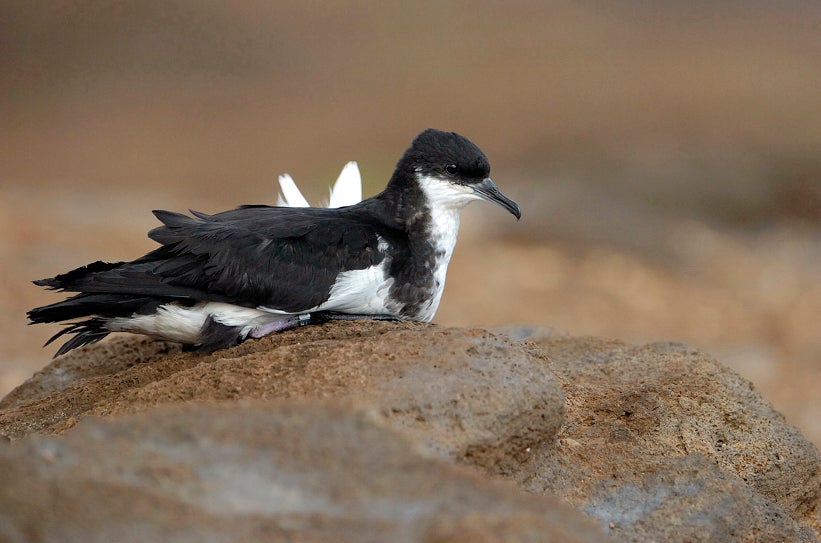Conservation Groups File Lawsuit to Protect Maui’s Endangered and Threatened Seabirds from Hazards Posed by County Streetlights
Maui County pushed to comply with the Endangered Species Act
Contact
Conservation Council for Hawaiʻi and American Bird Conservancy, represented by Earthjustice, sued the County of Maui and Hawaiian Electric today, advancing the groups’ years-long efforts to improve protections for endangered and threatened native Hawaiian seabirds. The Endangered Species Act lawsuit is aimed at reducing the ongoing threats posed by county streetlights to the survival and recovery of the endangered ‘ua‘u (Hawaiian Petrel), the threatened ‘a‘o (Newell’s Shearwater), and the endangered ‘akē‘akē (Hawaiʻi’s unique population of the Band-rumped Storm-petrel).
All three species leave their nests at night, using the moon and stars to navigate out to sea and back. They can become distracted and disoriented by artificial lights, causing them to circle and eventually fall to the ground from exhaustion (known as “fallout”) or strike other human-made structures. Once grounded, the birds cannot become airborne, and typically die of predation, starvation, dehydration, or vehicle strikes. The largest remaining ʻuaʻu colonies nest near the summit of Haleakalā on Maui and at Lānaʻihale on Lāna‘i.
“These birds are unique to Hawai‘i and we have already lost far too many of them,” said Jonee Peters, Executive Director of Conservation Council for Hawai‘i. “There are proven solutions for reducing light attraction, like what Hawai‘i County has done to reduce the blue-light content of its streetlights on the Big Island. Maui County should follow suit.”
While Hawaiian Electric owns and operates the streetlights on Maui and Lāna‘i, the County of Maui dictates the parameters for streetlight operation on county roads. Under the Endangered Species Act, both the County and Hawaiian Electric are liable for harm to these seabirds, and both must secure permits for unavoidable harm and develop habitat conservation plans for the species.
“Today’s populations of both the ‘ua‘u and ‘a‘o are only a small fraction of their historical numbers, and threats like the County’s streetlights continue to drive declines,” said Brad Keitt, Oceans and Islands Director for American Bird Conservancy. “These streetlights are particularly dangerous for fledglings just starting to learn to navigate by moon and starlight, but adult birds can also suffer from fallout. To help stop further populations declines, the County must abide by the Endangered Species Act and work with Hawaiian Electric to implement measures that prevent these unnecessary injuries and deaths.”
The conservation groups recently reached a settlement with Hawaiian Electric in a related matter, committing the utility to work toward reducing harms to seabirds caused by collisions with its power lines on Maui and Lāna‘i. Under the settlement, Hawaiian Electric will pursue the necessary federal and state permits for power lines on Maui and will implement protective measures in the meantime.
“Last week’s agreement over Hawaiian Electric’s power lines represents important progress in protecting our imperiled seabirds, but we can’t put a stop to the ongoing harm inflicted by streetlights unless Maui County gets on board,” said Earthjustice attorney David Henkin. “Our out-of-court efforts to get the county to address this issue have gone nowhere, so now we’re in court. While we remain open to resolving this by agreement, we are fully prepared to use the power of the legal process to compel the county to take its obligations under the Endangered Species Act seriously.”

Additional Resources
About Earthjustice
Earthjustice is the premier nonprofit environmental law organization. We wield the power of law and the strength of partnership to protect people's health, to preserve magnificent places and wildlife, to advance clean energy, and to combat climate change. We are here because the earth needs a good lawyer.